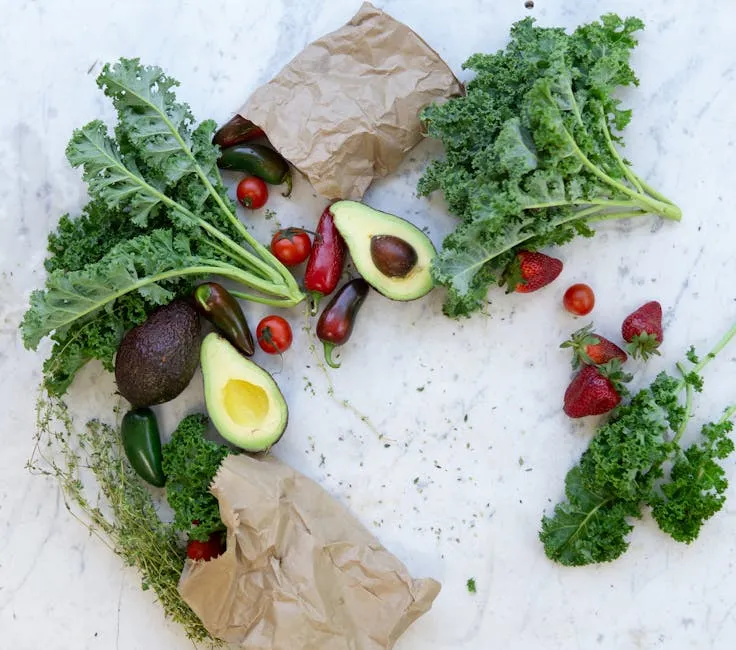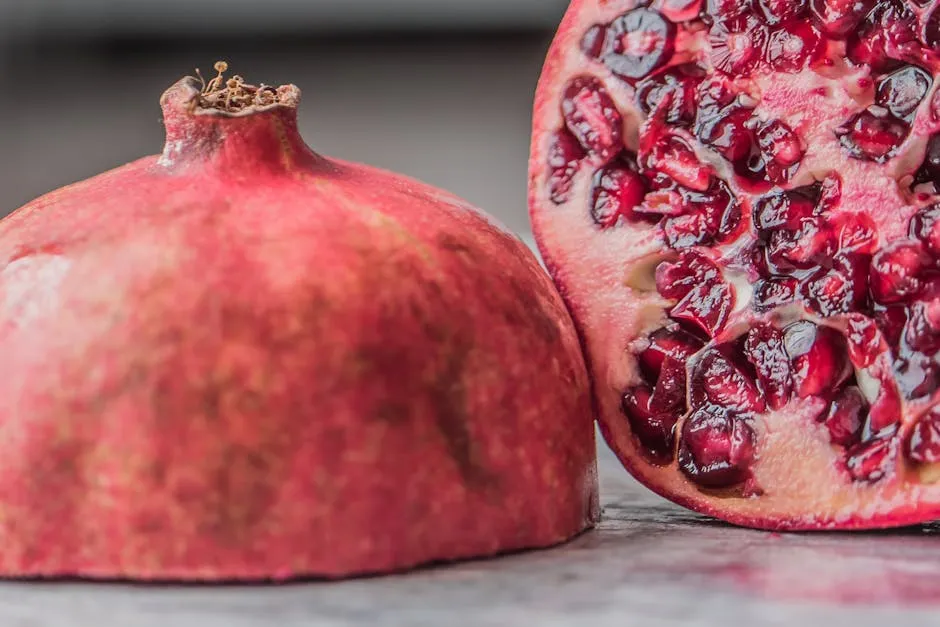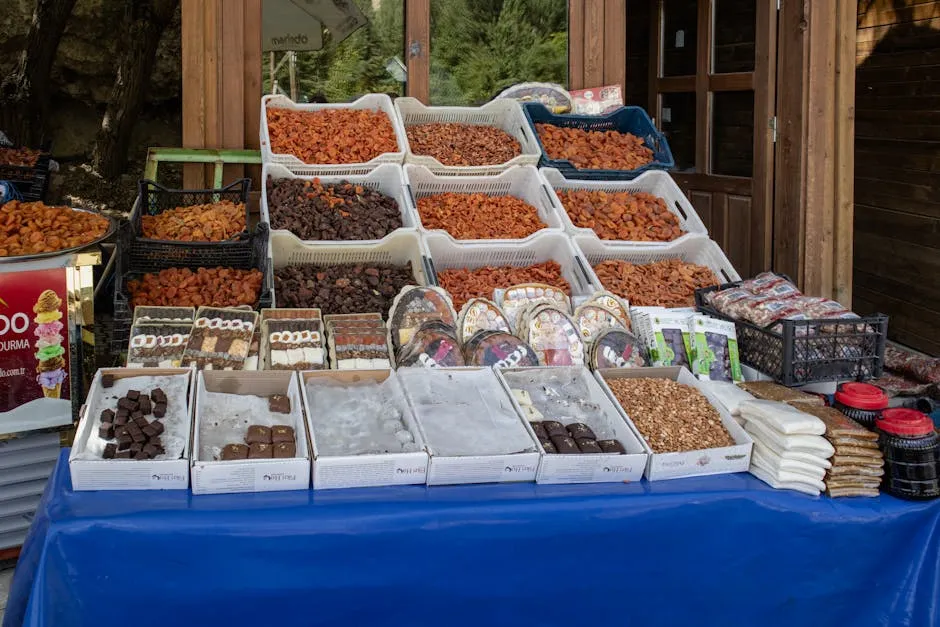Introduction
Raw food preparation emphasizes fresh, unprocessed ingredients. This approach has gained popularity due to its health benefits. Key principles include using whole foods and avoiding cooking. Proper preparation methods enhance flavor and nutrition, making raw eating enjoyable and accessible.
Summary and Overview
Raw food preparation involves transforming fresh ingredients into delicious meals without cooking. The benefits include increased nutrient retention, improved digestion, and potential weight loss. Common ingredients are fruits, vegetables, nuts, seeds, and sprouted grains. Popular preparation methods include juicing, blending, dehydrating, and fermenting. Incorporating raw foods into your diet can lead to a healthier lifestyle. However, beginners may face challenges like limited food choices and the need for specialized equipment. Understanding raw food preparation helps overcome these hurdles and promotes a balanced diet.
Speaking of specialized equipment, investing in a high-quality blender can transform your raw food game. The Vitamix E310 Explorian Blender is perfect for creating smoothies, soups, and sauces that pack a nutritional punch. Say goodbye to chunky blends and hello to velvety goodness!

Understanding Raw Food Preparation
What is Raw Food Preparation?
Raw food preparation focuses on using uncooked and unprocessed ingredients. The primary principle is that heating food above 118°F diminishes nutritional value. Types of raw food diets vary, including raw veganism, which excludes all animal products, and raw omnivorous diets that may include raw dairy, eggs, or meat. Fresh, organic ingredients are crucial for flavor and health benefits. Opting for seasonal produce enhances both taste and nutrition.
Key Benefits of Raw Food Diet
Are you curious about the perks of a raw food diet? Let’s break it down.
First, raw foods are packed with nutrients. They offer vitamins, minerals, and enzymes that support your health. Heating food can destroy some of these nutrients, making raw options a great choice.
Next, many people experience weight loss and improved digestion on a raw food diet. Fresh fruits and vegetables are low in calories but high in fiber, which keeps you feeling full longer. This can lead to better digestion and regularity.
Lastly, consider the environmental impact. A raw food diet promotes sustainability. It often means consuming fewer processed foods. This can lead to reduced packaging waste and a smaller carbon footprint. Choosing local, seasonal produce also supports eco-friendly practices.
To ensure a safe and healthy raw food experience, it’s essential to understand raw food safety for dogs.

Essential Ingredients for Raw Food Preparation
What Foods to Include in a Raw Diet
Starting a raw food diet? Here’s a handy list of what to include. Fresh fruits like apples, bananas, and berries are essential. They bring natural sweetness and nutrients.
For vegetables, think leafy greens such as spinach and kale. Crunchy options like carrots and cucumbers add variety. Don’t forget nuts and seeds! Almonds, walnuts, and chia seeds provide healthy fats and protein. Speaking of chia seeds, grab some Organic Chia Seeds to enhance your smoothies and puddings with a nutrient boost!
Including sprouted grains, such as quinoa or buckwheat, can boost your meals. Variety is key. Aim for colorful plates. Different colors often mean different nutrients, enhancing both health and visual appeal.

Foods to Avoid in a Raw Food Diet
Now, let’s discuss what to skip. Processed foods are a big no. These often contain unhealthy additives and refined sugars. They can detract from the benefits of raw eating.
Refined sugars and cooked items also need to be avoided. Cooked fruits and vegetables lose many nutrients, making them less beneficial.
When considering animal products, be cautious. Certain raw meats and dairy can pose food safety risks. It’s best to avoid these unless you’re well-informed and prepared to handle them carefully. Prioritize safety as you embrace this vibrant diet!
Raw Food Preparation Techniques
Juicing
Juicing offers a quick way to absorb nutrients. It helps increase your intake of vitamins and minerals. Fresh juices can aid digestion and boost energy. To juice effectively, you’ll need a good juicer. Consider investing in a masticating juicer for optimal nutrient extraction. A Omega J8006HDS Nutrition Center Juicer is perfect for extracting every drop of goodness from your fruits and veggies.

Blending
Blending is essential for smoothies and dressings. Smoothies pack in fruits, vegetables, and healthy fats. They can be a great breakfast or snack option. A high-quality blender is key. Look for models like the Vitamix or Blendtec for smooth results. For effective blending, cut ingredients into smaller pieces. Adding liquid helps achieve the desired consistency.
Dehydrating
Dehydrating involves removing moisture from food. This method concentrates flavors and preserves nutrients. It’s perfect for snacks like fruit leathers or veggie chips. You can also use dehydrated foods in salads or granola. A Excalibur 3926TB Dehydrator is an excellent investment for creating your own healthy snacks at home.

Fermenting
Fermentation enhances flavors and promotes gut health. This process creates beneficial probiotics that support digestion. Common fermented foods include sauerkraut, kimchi, and kombucha. These foods can add variety to your meals. For beginners, start with simple recipes like fermented vegetables. They can be a fun addition to salads or sandwiches.
Sprouting and Soaking
Sprouting seeds and soaking nuts boosts their nutritional value. Sprouting increases vitamins and makes them easier to digest. You can sprout beans, lentils, and grains. Soaking nuts softens them and enhances their flavor. It can also help reduce anti-nutrients. Incorporating sprouted foods into salads or smoothies increases their health benefits. Aim for a mix of both for a nutrient-rich diet.
Spiralizing and Marinating
Are you ready to transform your meals? Spiralizing and marinating can add flair and flavor to your raw food dishes.
Spiralizing is a fun way to make vegetable noodles. You can use zucchini, carrots, or beets. With a spiralizer, you create long, curly strands, perfect for salads or raw pasta dishes. Pair these noodles with your favorite sauces or dressings for a satisfying meal. Grab a Spiralizer Vegetable Slicer to make your veggie noodles effortlessly!
Why not try a simple zucchini noodle salad? Toss spiralized zucchini with cherry tomatoes, olives, and a drizzle of olive oil. Add fresh basil for extra flavor. Delicious, right?
Now, let’s talk about marinating. This technique enhances flavors and tenderizes ingredients. A basic marinade includes olive oil, an acid like lemon juice, and your choice of herbs or spices.
For quick marinated veggies, chop bell peppers, cucumbers, and onions. Soak them in your marinade for at least 30 minutes. This creates a punchy side dish or topping for salads.
Here’s a tasty idea: marinate sliced mushrooms in balsamic vinegar and garlic. They make a fantastic addition to salads or serve as a savory snack.
Meal Planning and Preparation Strategies
Planning your raw meals makes life easier. With a little organization, you can enjoy delicious, nutritious dishes throughout the week.
Creating a Raw Food Meal Plan
Start by outlining your weekly meals. Aim for variety to keep things interesting. Include different fruits, vegetables, nuts, and seeds. A simple way to organize is by choosing themes for each day.
For example, Meatless Mondays can feature hearty salads, while Taco Tuesdays might include lettuce wraps filled with veggie “meat.”
Here’s a sample meal plan:
- Breakfast: Green smoothie with spinach, banana, and nut butter.
- Lunch: Raw veggie sushi with avocado and cucumber.
- Dinner: Zucchini noodles topped with raw marinara sauce.
This approach ensures you enjoy a wide range of flavors and nutrients. And don’t forget about Organic Olive Oil for all your salad dressings!

Time-Saving Tips for Raw Food Preparation
Who doesn’t love a time saver? Batch preparation is your best friend. Chop and store veggies in containers for quick access. You can also soak nuts and seeds in advance.
Consider preparing large batches of recipes. For example, make a big salad or a nut-based dip. Store leftovers for easy snacks or meals throughout the week.
Another tip? Keep your kitchen organized. Group similar items together, like fruits, veggies, and nuts. This helps you find what you need quickly, making meal prep faster and more enjoyable.
With these strategies, you’ll spend less time in the kitchen and more time enjoying your raw food creations! And to keep your food fresh, consider using Food Storage Containers.
Safety and Sustainability Considerations
Ensuring Food Safety
Raw food diets come with specific risks. Foodborne illnesses are a primary concern. Consuming raw ingredients like fruits, vegetables, and nuts can expose you to harmful bacteria. It’s essential to handle and prepare these foods safely.
To minimize risks, wash all produce thoroughly. Use separate cutting boards for raw and cooked foods to avoid cross-contamination. When preparing nuts or seeds, soak them properly to reduce anti-nutrients and enhance digestibility. Also, consider freezing raw meats or fish for a few days before consumption to kill potential parasites. Always keep your kitchen clean and practice good hygiene when handling raw ingredients.

Sustainable Practices in Raw Food Preparation
Sourcing local and organic produce is vital for sustainability. Buying in-season fruits and vegetables reduces carbon footprints associated with transportation. Supporting local farmers also strengthens community ties and promotes eco-friendly practices.
Another crucial aspect is waste reduction. Use vegetable scraps to create broths or compost. Store leftovers in airtight containers to minimize spoilage. You can also repurpose ingredients creatively, like blending overripe fruits into smoothies or desserts. These practices not only enhance your meals but also contribute to a healthier planet.
And if you’re looking for a great way to grow your own fresh produce, check out the Organic Vegetable Seeds for Gardening to start your own garden!

Conclusion
Raw food preparation offers numerous benefits. It promotes a diet rich in fresh fruits and vegetables, enhancing nutrition and vitality. Incorporating raw foods can lead to improved overall health. However, balance is key. Ensure you enjoy a variety of foods, both raw and cooked, to meet your nutritional needs. Experiment with raw ingredients in your meals and enjoy the journey to a healthier lifestyle!
FAQs
What is a raw food diet?
A raw food diet consists primarily of unprocessed and uncooked foods. This includes fruits, vegetables, nuts, seeds, and sprouted grains. Some variations may include raw dairy, eggs, or meat.
How can I start a raw food diet?
Begin by incorporating more raw foods into your meals. Start with simple recipes like salads and smoothies. Gradually replace cooked meals with raw alternatives to ease into the diet.
Are there risks associated with a raw food diet?
Yes, there are potential risks, including nutritional deficiencies and food safety concerns. It’s important to ensure a balanced intake of nutrients and practice safe food handling.
What equipment do I need for raw food preparation?
Essential tools include a high-quality blender, a food processor, a dehydrator, and a good knife. These tools will help you create a variety of raw dishes easily.
How can I make raw meals more interesting?
Experiment with different ingredients and preparation techniques. Try spiralizing vegetables, marinating fruits, or creating unique dressings to add flavor and texture.
Is a raw food diet suitable for everyone?
Not necessarily. Pregnant women, young children, and individuals with specific health conditions should approach raw food diets cautiously. Consulting a healthcare provider is advisable.
How can I ensure I’m getting enough nutrients on a raw food diet?
Diversify your food choices to include a variety of fruits, vegetables, nuts, and seeds. Consider supplementation for nutrients like vitamin B12 and vitamin D if necessary.
Please let us know what you think about our content by leaving a comment down below!
Thank you for reading till here 🙂
All images from Pexels





